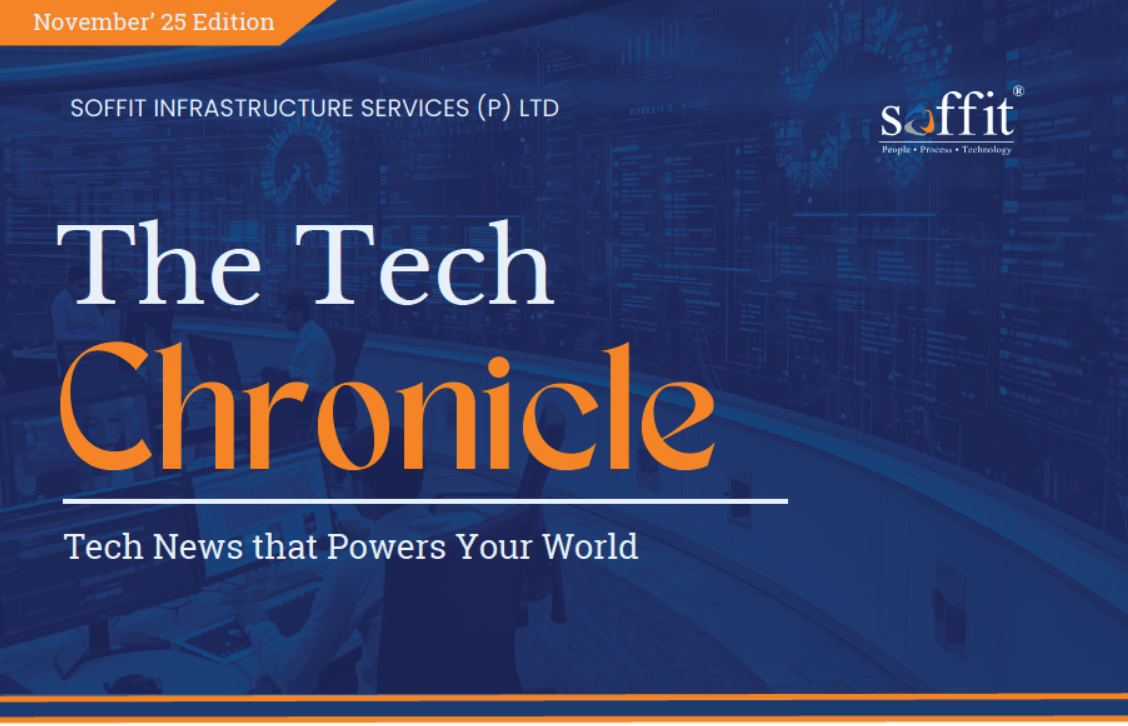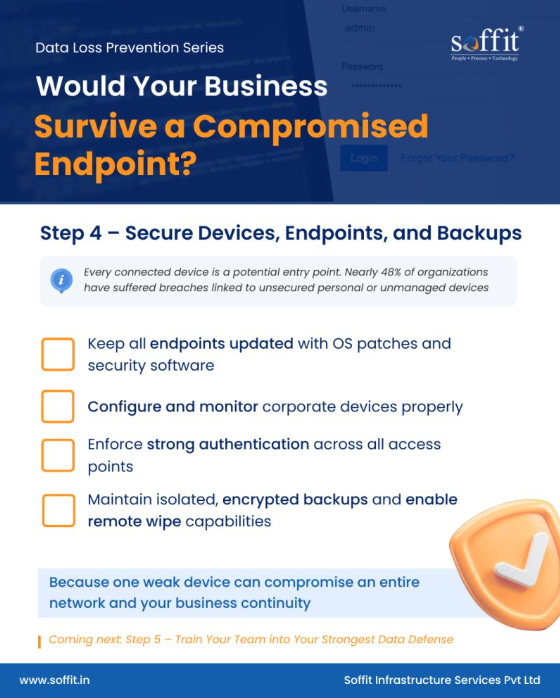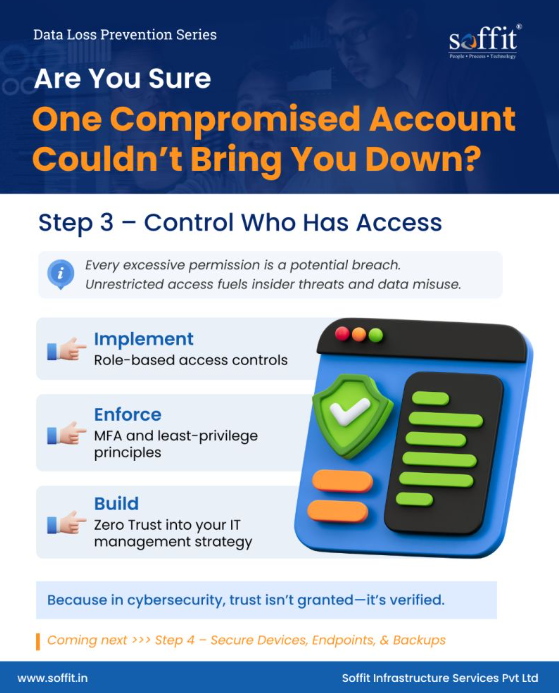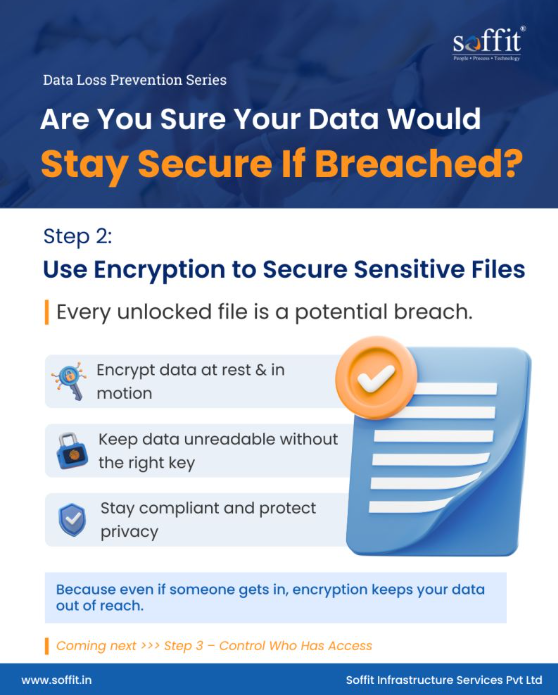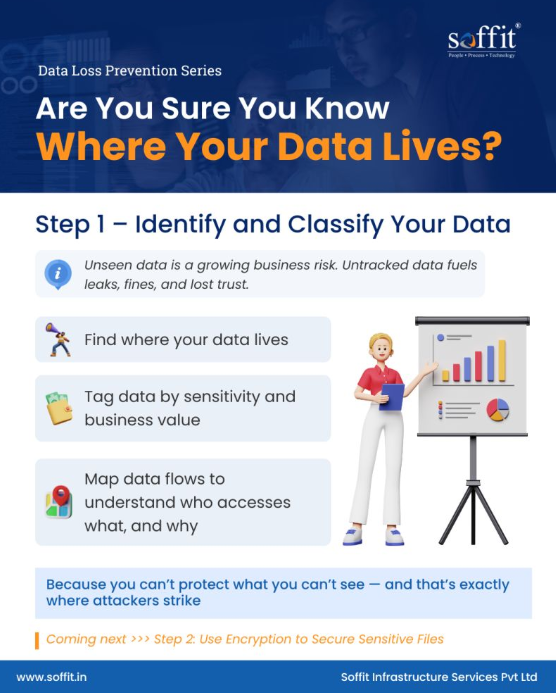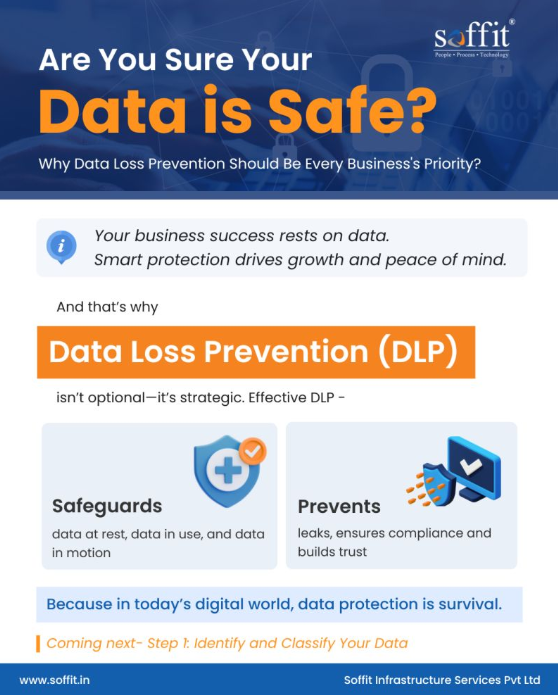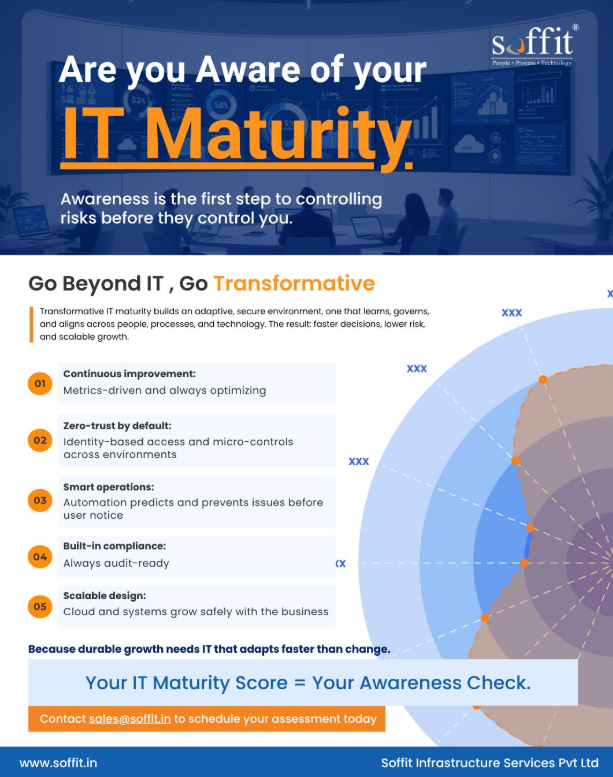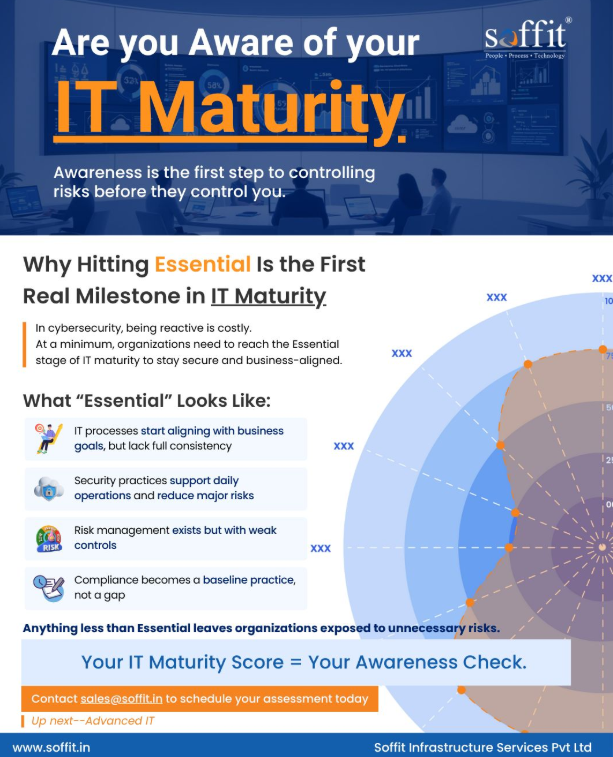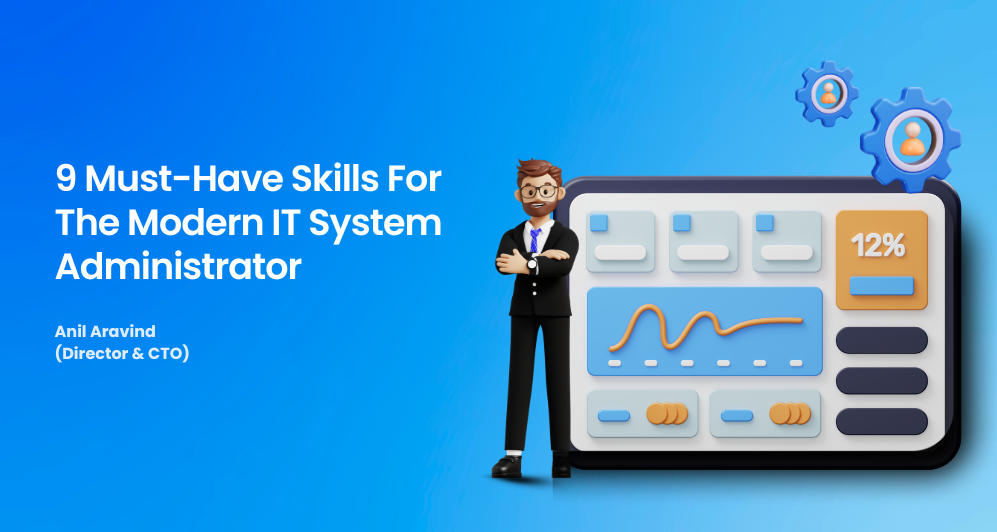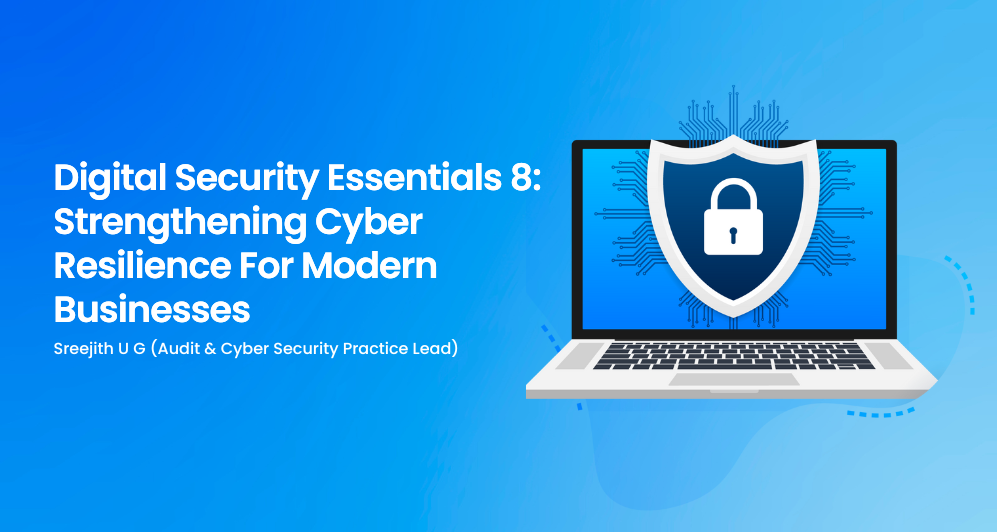
Heading
Lorem ipsum dolor sit amet, consectetur adipiscing elit. Suspendisse varius enim in eros elementum tristique. Duis cursus, mi quis viverra ornare, eros dolor interdum nulla, ut commodo diam libero vitae erat. Aenean faucibus nibh et justo cursus id rutrum lorem imperdiet. Nunc ut sem vitae risus tristique posuere.
Last updated on
October 18, 2025
min read
Governance, Risk, and Compliance (GRC) is a comprehensive framework that organizations implement to ensure effective management and alignment of their governance, risk management, and compliance activities. A successful GRC is like a GPS for businesses, guiding them through challenges and ensuring they stay on the right path. It encompasses the policies, processes, and controls necessary to maintain ethical conduct, mitigate risks, and adhere to legal and regulatory requirements.
In this blog, we'll explore the importance of GRC, the challenges while implementing it, and how to overcome them for achieving sustainable success.
What are the key components of GRC, and how do they interact with each other?
GRC combines three essential elements:
- Governance, which sets the rules and direction for the company;
- Risk management, which helps identify and overcome potential challenges; and
- Compliance, which ensures the company follows all the necessary laws and regulations.
GRC ensures that businesses are following the right path in terms of rules, ethics, and security.
These components work together harmoniously, enabling organizations to navigate uncertainties, make informed decisions, and operate responsibly while achieving sustainable success. An integrated GRC approach streamlines processes and fosters efficiency, allowing organizations to adapt to changing environments and stay resilient in the face of challenges.
Understanding Governance
Understanding governance is crucial for any organization aspiring to achieve sustainable success. Governance is the backbone of any organization. It's like the set of rules and guidelines that keep everything in order. It defines how decisions are made, who is responsible for what, and how the organization plans to achieve its goals. Effective governance involves a range of essential components that work together to ensure responsible and ethical business conduct. It includes:
- legal and regulatory requirements
- Governance principles for IT
- Code of ethics and conduct
- IT best practices and industry standards
- Stakeholder expectations and input
- Independent IT audits and assessments
- IT risk assessments and timely reporting
- Board of directors and executive leadership involvement
- Industry associations and governing body guidelines
Understanding Risk Management
Risk management is like being the captain of a ship, foreseeing potential storms and finding ways to navigate through them safely. It's the process of identifying, assessing, and mitigating various types of risks, including financial, operational, reputational, and cybersecurity risks to safeguard their stability and ensure responsible and secure operations.
- Effective risk management includes
- Identification and assessment of potential risks.
- Prioritization of risks based on their potential impact and likelihood.
- Development of risk mitigation strategies and action plans.
- Regular monitoring and tracking of identified risks.
- Continuous evaluation and improvement of risk management processes.
- Proactive measures to prevent or minimize risks.
- Integration of risk management into decision-making processes.
- Collaboration and communication across different departments and stakeholders.
- Regular risk reporting to senior management and the board of directors.
- Maintaining a risk-aware culture throughout the organization.
Understanding Compliance and Regulations
Compliance is like following the rules of the road, ensuring that organizations operate within legal and ethical boundaries. It involves adhering to laws, regulations, industry standards, and internal policies. It ensures that businesses not only meet legal requirements but also uphold ethical practices, creating a positive impact on society and fostering trust among stakeholders. Navigating through the regulatory environments are like a vast ocean, with multiple agencies and laws governing different aspects of business.
The three key components of GRC - Governance, Risk Management, and Compliance - form an integrated and mutually supportive framework. They work together to drive businesses toward long-term success by harmonizing decision-making processes, identifying and minimizing risks, and ensuring compliance with legal and ethical standards. GRC allows businesses to overcome uncertainty, make informed decisions, and operate ethically, promoting resilience and trust among stakeholders.
Why GRC framework is important for organizations?
The business landscape is continually evolving, with new challenges and opportunities arising regularly. Organizations that integrate GRC practices, streamlines processes and enhances efficiency by:
1. Prioritising ethical behaviour and accountability:
By integrating and prioritizing ethical behaviour and accountability, organizations can effectively build trust and enhance their reputation among stakeholders. Ethical conduct fosters transparency, responsible decision-making, and a strong commitment to following regulations, thereby earning the confidence of customers, investors, and the public. This trust and positive reputation, in turn, contribute to the organization's long-term viability and sustainable success.
2. Managing risks and resilience:
Effective risk management through GRC helps businesses in identifying, assessing, and mitigating possible threats to their objectives. This proactive approach enhances the organization's resilience in the face of uncertainties and unexpected challenges, reducing the likelihood of financial losses and reputational damage.
3. Adhering to Laws and Regulations:
GRC ensures that the organization remain compliant regardless of changing regulatory environments. By staying compliant, organizations reduces the chances of facing legal liabilities, penalties, reputational damage, and potential disruptions to their operations
4. Optimizing risk-informed decision-making:
A solid GRC framework provides complete insights into risks and compliance needs to decision-makers. Informed decision-making increases a business's ability to capitalize on opportunities and efficiently manage challenges.
5. Adapting to Changing Environments:
Through comprehensive risk assessments and compliance monitoring, GRC enables organizations to stay ahead of market shifts and make timely adjustments to their strategies.
6. Improving efficiency and resource allocation:
Integrating GRC processes provides a centralized platform for managing governance, risk, and compliance activities, streamlining processes, reducing duplication of efforts, and enhancing visibility. It automates repetitive tasks, freeing up valuable human resources for more strategic initiatives, leading to cost savings and improved productivity.
Summing up
An integrated Governance, Risk Management, and Compliance approach brings harmony to how organizations are managed, how risks are handled, and how compliance is maintained. It holds a business together, allowing it to flourish ethically and securely. By embracing GRC, organizations not only gain credibility but also pave the way for long-term growth and prosperity.
Further reading:
Join our Community
Subscribe for exclusive updates and news.
Read about our privacy policy.



.svg)












.webp)
.webp)
.webp)
.webp)
.webp)
.svg)






.webp)

.webp)
